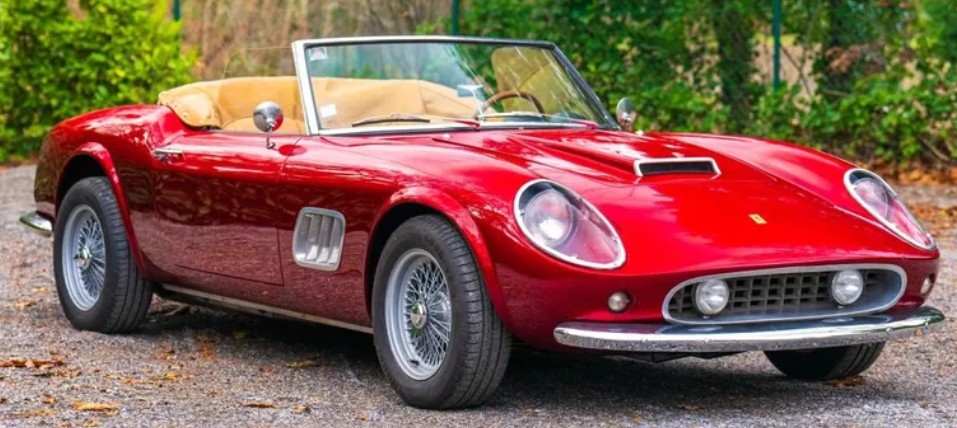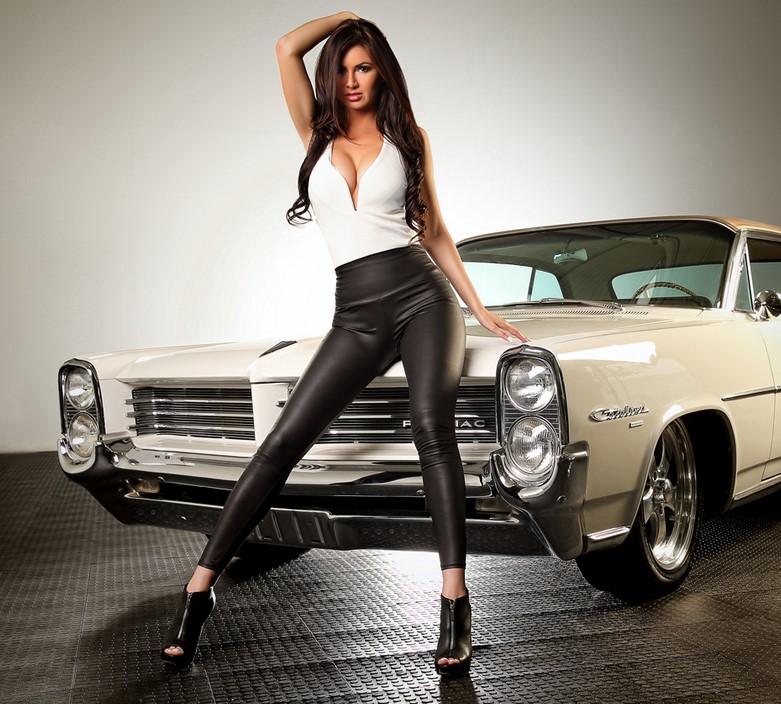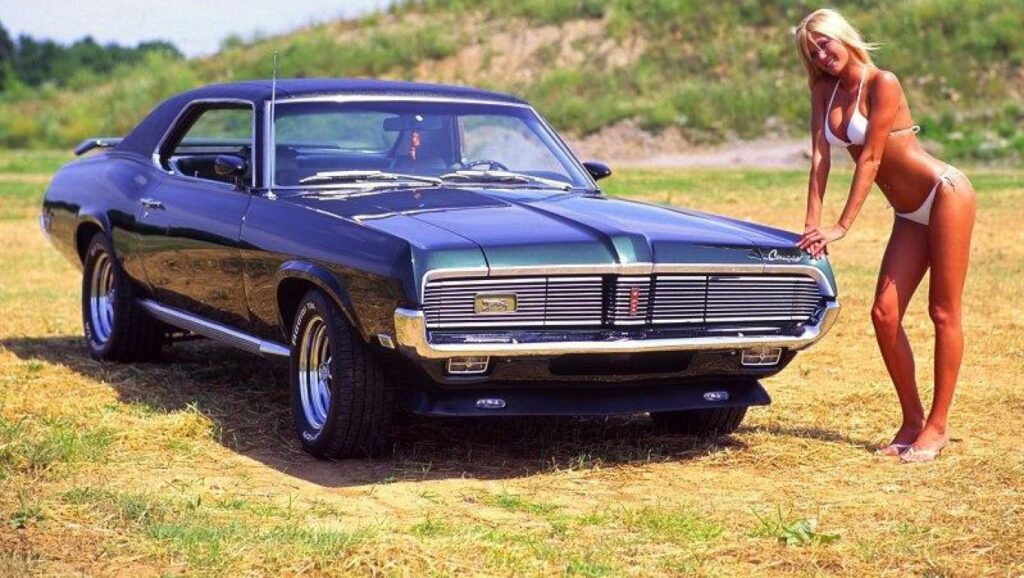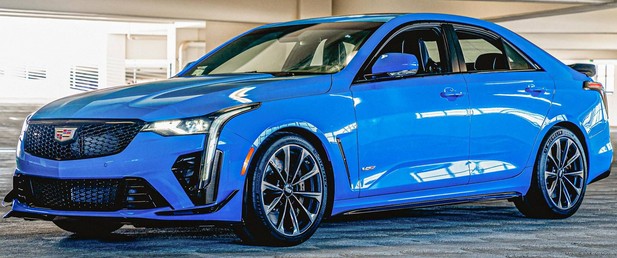Last week I slammed the idiots who are seduced by marketing into paying exorbitant sums of money for ordinary products like vodka (Grey Goose) and guns (Heckler Und Koch).
Then yesterday I bitched about modern cars and their electronic gizmos that cost too much (in every sense of the word) and which at some point are going to be taken away from you; and added that I’d really prefer to drive an older car without all that nonsense.
I thought that it might be kinda fun to combine those two concepts into a single buying experience. Here’s how I figured it out.
First, we have a car company whose products command premium prices (i.e. you pay through the nose) for their old cars, but whose cars of that era were frankly just not very good, performance-wise.
Step forward the 1950s-era Porsche 356, and here’s a good example thereof:

Now let’s be honest, here. The old 356 may have been very reliable (compared to its competitors) for that time, but if you’ve ever driven an original, you would have been horribly disappointed (as I most certainly was). The engine is seriously underpowered, it doesn’t handle or brake that well on those skinny tires and drum brakes, although it does give tremendous driving fun because you always feel connected to the road. But it’s the engine sound which really disappoints. It sounds pretty much like a VW Beetle engine of the same vintage: a kind of whiny clatter. My take: the original 356 isn’t worth as much as they’re being charged for. Frankly, the premium prices are a function of restoration “to original” state. Once you get past the Concours Set, the prices become more “reasonable” because restorers install modern switchgear, better wiring materials and nicer exhaust systems, for instance:

My thing about the 356 is that I just like its looks. It’s quirky, a little ugly (“a lot ugly” — New Wife) but above all it has character. Nothing else is quite like it.
But if you strip away all the Porsche stuff and just go with what it looks like, you get one of these:

Looks like a 356 museum, dunnit? But all those 356s are replicas (gasp!): fiberglass bodies attached to a shortened ’71 VW Beetle chassis, powered by a 2.3-liter VW engine, which pushes out 125 hp (compared to the original 356’s 90-odd hp). Plenty power for that little body, and they come with a proper exhaust system which makes them sound more modern Porsche than old Beetle. Modern tires, too.
Price? Between $60,000 and $72,000.
Still too much? I don’t think so, because this isn’t one of those DIY garage fiberglass kit cars. If you order one from this particular manufacturer, you could wait up to two years for your order to get fulfilled. Me, I’d just get one of the existing stock ones, as in the pic.
But hey, not everyone likes the 356. However, everybody loves the Ferrari 250 Spyder, right?

Whoa.
Trouble is that these puppies sell for well over a million — or more — and now you’re in a lot more silliness than a $30 bottle of vodka.
Except that the model above sells for $105,000. How so? Well, it’s not a “pure Ferrari”. Like the Vintage Motors replica of the Porsche 356 above, this is a fiberglass bodied Ferrari lookalike with a… 6.9-liter Ford V8 under the hood. (Take that, Ferrari!)
Okay: is this going to handle anything like a Ferrari (any Ferrari)? Most definitely not. Does it matter? No.
Because you’re not going to track this car (unless you’re an idiot), you’re going to drive around in a little beauty, at 10% of the cost of the original, with an AC Cobra-like thunder coming out of the exhaust.
It’s all very well being a badge “purist”. The problem is that the owners of the badges have made their products so expensive that the cars are all being bought by essentially the same 100 people, leaving the rest of us plebs out of the picture.
The thing is that to those 100 guys, the “proper” badges are either purchased for bragging rights (i.e. dick comps) or as investments, no different from a condo in Monaco or a 25-carat diamond (don’t get me started on De Beers or we’ll be here all day).
Just in passing, I wonder how many miles Bill Gates has put on his Porsche 959? (And if that story doesn’t make you grit your teeth in frustrated fury — for so many reasons — we can’t be friends.)
But there are guys who love the cars not for their “collector value” or any of that bollocks, but for their exquisite beauty and perhaps to a lesser degree, for their performance. Guys like me.
And I have to tell you that if I won the lottery and some guy had put together a proper fiberglass Dino 246 shell on, say, a Porsche Boxster-type frame and engine…

…hold me back.
So I guess my question for y’all would be: what quality (but inexpensive) replica would float your boat if you saw one?













